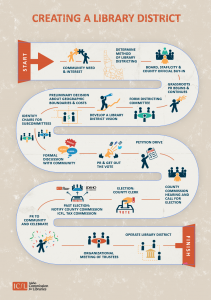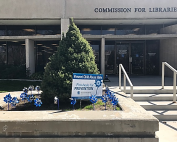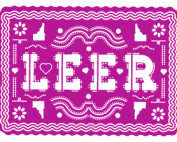Idaho Library Districting Handbook
ICfL considers the creation and enlargement of library districts to be the cornerstone of public library development in Idaho.
ICfL considers the creation and enlargement of library districts to be the cornerstone of public library development in Idaho.
Why are library districts so important?
THERE ARE FOUR BASIC REASONS:
Because of these issues, the Idaho Commission for Libraries maintains that the ideal governance structure for Idaho libraries is autonomous library taxing districts having a population-financial base to provide excellent local service and participating as responsible members of the state’s resource-sharing network.
DISTRICTING HANDBOOK LINKS
The Tasks of the Assessment Stage
There are nine tasks that need to be completed during the Assessment Phase of a library districting process.
The Tasks of the Planning Phase
The Planning Phase is a time of preparation. During this phase, you will not only decide what your library district will look like, but you will gather information that will allow the district to be created in a smooth and orderly way. Some of this information will be used only after the district has been created or expanded, but knowing what needs to be done and having plans in advance will make the hectic first few months of a new district’s life much easier for everyone involved. The working group’s efforts in the Planning Phase, in other words, will culminate in the official actions of the new district’s library board during the first few weeks after the successful election.
As with the Assessment Phase, a number of tasks need to be accomplished during the Planning Phase. Work on these various tasks may be carried on at the same time, and the tasks may be completed in a different order than we have presented. However, in all districting projects, the working group needs to work through the following tasks:








